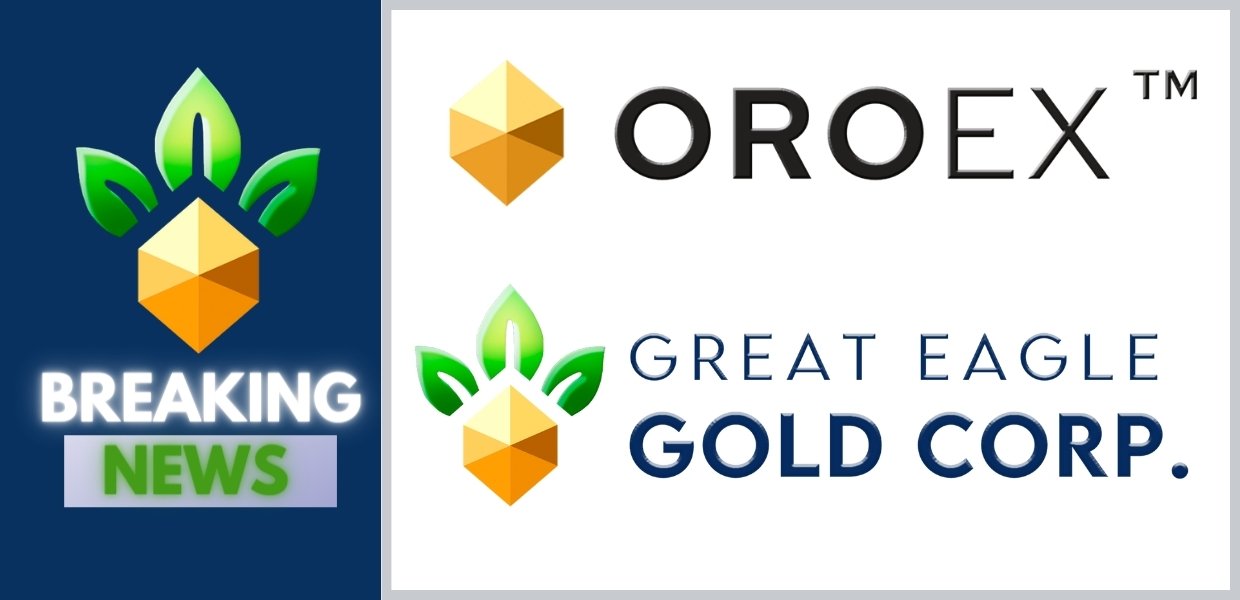The Premier NatGoldTM Miner
Our mission is to acquire a strategic portfolio of mining titles containing certified gold resources for tokenization into NatGold coins.
On May 16, 2024, Great Eagle announced that it had signed a binding letter of intent (“LOI”) with Teras Resources Inc. to acquire 100% of a U.S. Patented Land Claim package, located in Imperial County, California, containing a NI 43-101 multi-million ounce certified gold and silver resource. The total agreed purchase price for the entire Cahuilla gold project is US $18,376,904.
Cahuilla is a historic gold deposit well-known within the gold mining industry. It has undergone extensive exploration since the 1980s, involving seven different mining companies including major gold producers such as Homestake, Newmont, Kennecott, and most recently, Teras Resources. Teras alone has invested more than $26 million in the property....
Chris Hansen stated, "It is with great pleasure that we welcome Michael to our esteemed team. Michael has exhibited remarkable business acumen and infuses Great Eagle with an infectious sense of passion. In addition to his organizational development skills, his demonstrated prowess in securing financing...
Mr. Eugene C. McBurney, B.A., M.A., LL.B., LL.D., brings over 25 years of international investment banking experience, establishing him as a trusted advisor, especially in the global mining sector. ...
Following her appointment, Patricia stated, "It's a privilege to become a member of the International NatGold Council's Board of Directors and play a role in propelling this innovative sector forward.”...












